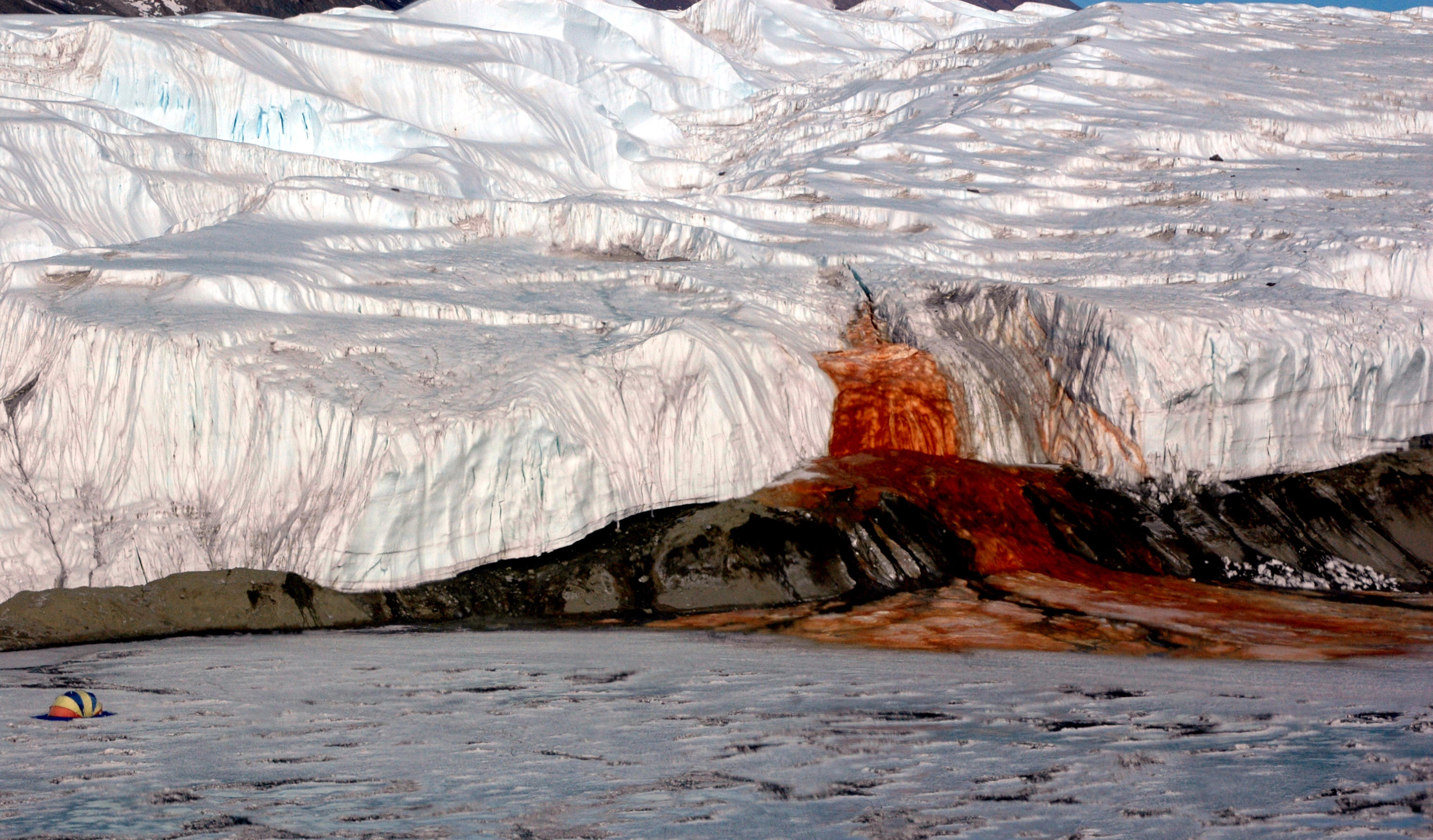Trillions of diverse microbes reside in our gut, the gastrointestinal tract and as a community collectively influence our state of health as well as disease. This symbiosis is not a recent phenomenon, says scientist Andrew Moeller who investigated the evolutionary histories of hominid gut microbiota for his doctoral thesis. By the way microbiota is the currently used terminology for a diverse microbial community in a given ecosystem and gut is one such ecosystem. Acknowledging the significant role of microbiota in human life, NIH, the National Institutes of Health, USA, initiated the ambitious Human Microbiome Project in 2008. Microbiome is the word for the genomes of the microbial community in a given ecosystem. Abbreviated as HMP, the project aims at, much like the earlier Human Genome Project, generating a complete catalogue of the genomes of microbiota living in association with human body and analyse their role in human wellness and illness.
Several very interesting pieces of information have come to light with regard to gut microbiota. Neonates beget a minimal share of maternal repertory, which gets enriched in diversity and proportion as the child grows and by age 12 resembles the adult profile. Beyond age 70, there seems to be a decline in the diversity and functional capabilities of the microbial community. Nature and nurture contribute to the diversity and functional capabilities of microbiota. For example scientists suggest that the high fat high salt diet of the affluent west and overuse of antibiotics elsewhere will leave telltale signs on the gut microbial community Now the most important point: the diversity and relative proportions of microbiota is unique to each individual. In other words each of us have a unique microbial signature, a unique microbial identity. According to experts this explains, to some extent, individual preference / tolerance/intolerance towards food/drug type.
Thus by age 12 we achieve a unique balanced microbial population in our gut. Dysbiosis, that is perturbations of this balance has been implicated in several intestinal and extra-intestinal disorders. For example in a recent research paper Imhann et al reiterated the role of dysbiosis of the gut microbiota in inflammatory bowel disease (IBD). Others have found possible evidences to link allergy, asthma, metabolic syndrome, and even obesity. But the good news is that beneficial microbial communities can be generated, cultivated and maintained by consuming appropriate food. Probiotics which are fermented food items such as yoghurt, cheese, pickle etc. and prebiotics fibre rich vegetables, fruits, cereals which ferment in the gut seem to aid this process greatly.
TAILPIECE:
Does that mean gut feeling is just microbial biochemistry?
Thus by age 12 we achieve a unique balanced microbial population in our gut. Dysbiosis, that is perturbations of this balance has been implicated in several intestinal and extra-intestinal disorders. For example in a recent research paper Imhann et al reiterated the role of dysbiosis of the gut microbiota in inflammatory bowel disease (IBD). Others have found possible evidences to link allergy, asthma, metabolic syndrome, and even obesity. But the good news is that beneficial microbial communities can be generated, cultivated and maintained by consuming appropriate food. Probiotics which are fermented food items such as yoghurt, cheese, pickle etc. and prebiotics fibre rich vegetables, fruits, cereals which ferment in the gut seem to aid this process greatly.
TAILPIECE:
Does that mean gut feeling is just microbial biochemistry?
References:
1. Human intestinal Microbiome in health and disease:The New England Journal of Medicine:2016; 375:24
3. Diversity of the human intestinal microbial flora Science:2005; 10:1002-14
4. Gut microbiota composition correlates with diet and health in the elderly: Nature 2012, 488: 178-84 Claesson et al.
5.Diet rapidly and reproducibly alters the human gut microbiome: Nature 2014;505:559-63 David LA et al
6. The Gut microbiota in host health: a new clinical frontier: Gut 2016;65:330-9 Marchesi,JR et al.
7. Incorporation of therapeutically modified bacteria into gut microbiota inhibits obesity:J.Clinical Invest. :2014:124:3391-406. Chen Z et al
8. Interplay of host genetics and gut microbiota underlying the onset and clinical presentation of inflammatory bowel disease. Gut: 2018; 67: Imhan et al



